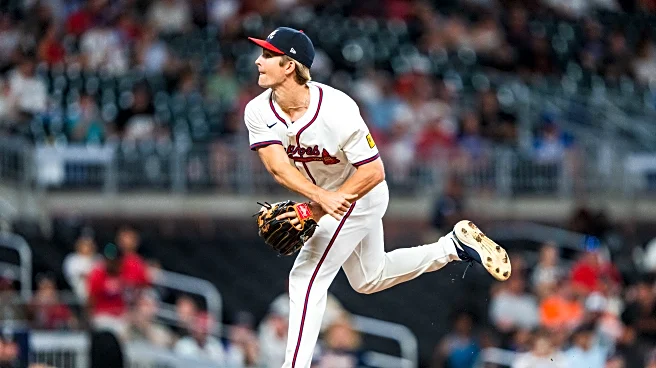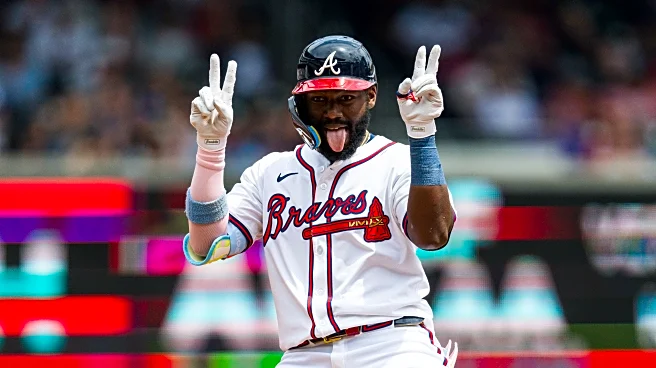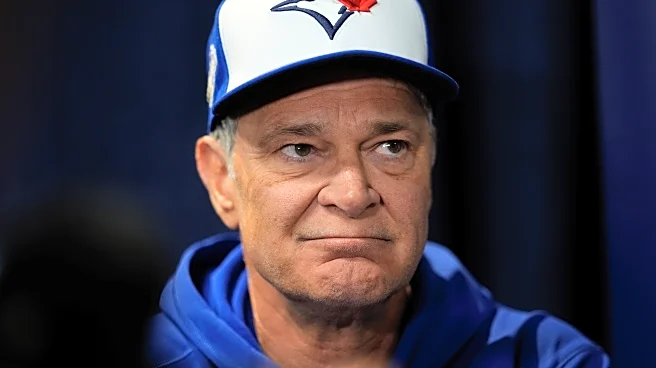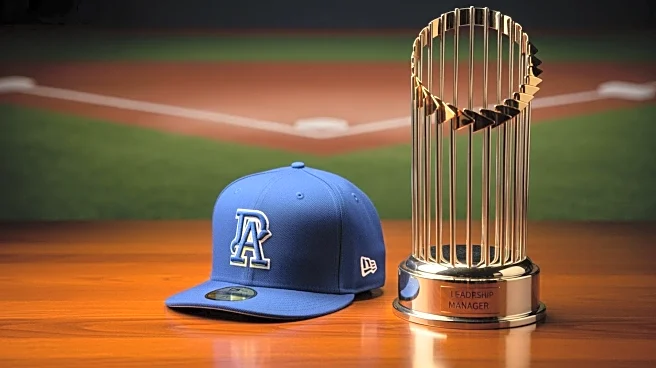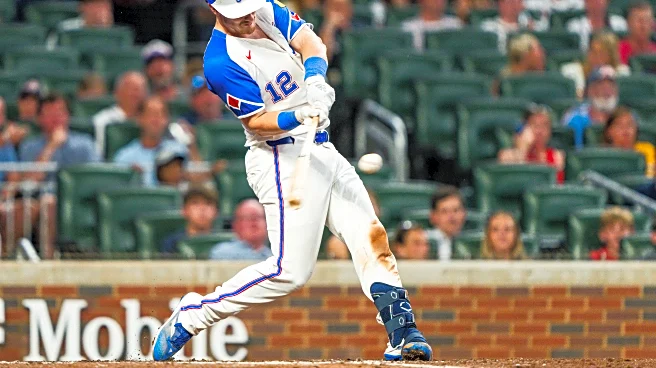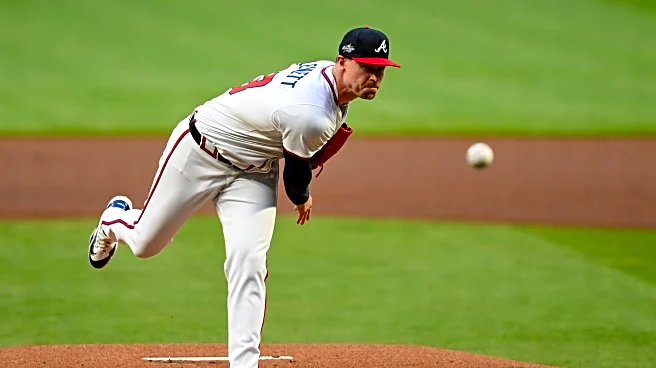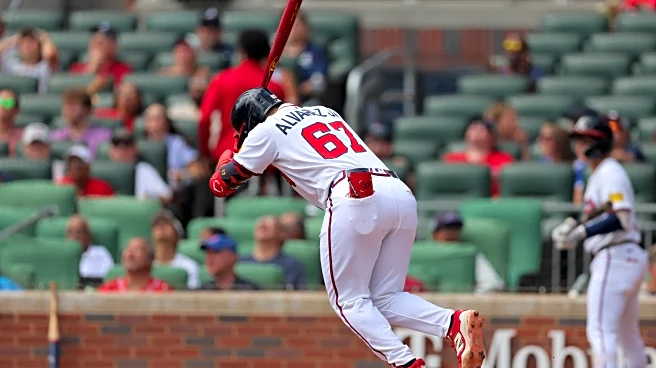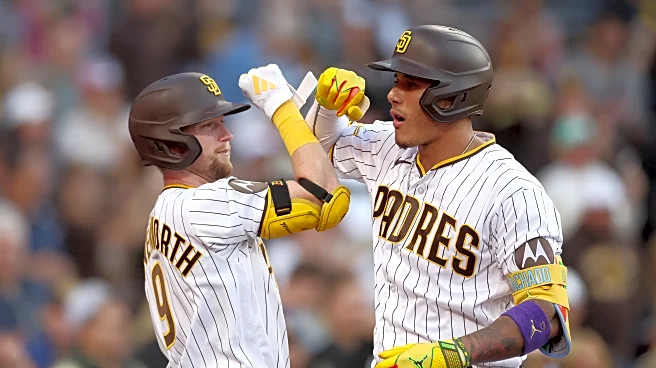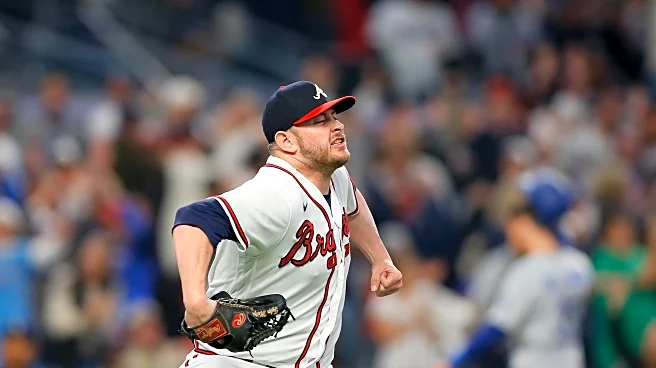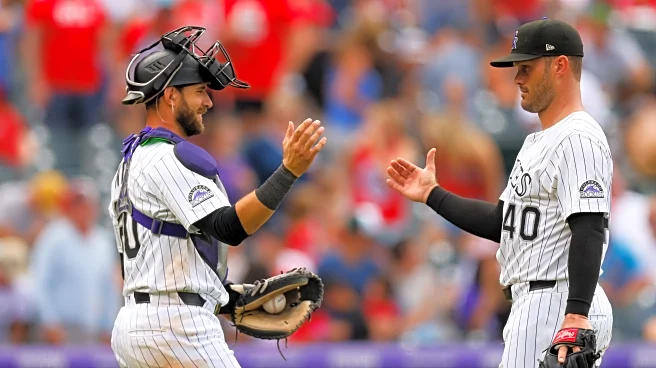The Braves’ recent roster construction strategy has given the last position player spot to a player who could do all the specialty roles on the team without having to be counted on as an offensive performer.
That role, for much of the last two years, has been filled by Luke Williams who added more to his non-offensive repertoire this year — position-player-pitcher guy.
How acquired
Williams, 29, was a fifth round draft pick by the Philadelphia Phillies in 2015. He was called up to their big league roster in 2021 and made his debut. In 2022, the Phillies designated him for assignment and he was traded to the San Francisco Giants. The Giants added Williams to their roster for a cup of coffee before designating him for assignment again. He was then claimed by the Miami Marlins.
After the season 2022 season, Williams was again on the market, and picked up by the Los Angeles Dodgers. The Braves claimed Williams off waivers from the Dodgers on June 5, 2023 and he’s been in the organization ever, although he’s been shuffled on and off the 40-man roster numerous times.
What were the expectations?
Williams entered Spring Training on a minor league deal as a roster-bubble hopeful, likely to be ticketed to Triple-A. That’s what happened, but Williams did spend most of the season on the big league roster.
Even before this season, everyone knew that Williams was essentially just a 26th man. Coming into 2025, he had 315 MLB PAs and -0.3 fWAR. He couldn’t hit at all (59 wRC+, while notably outhitting his xwOBA), which made his speed and defensive versatility the only reason to keep him around.
In that regard, the only real expectation was that Williams would hang around when called up — but what he actually did in terms of hanging around was the most interesting part of his 2025.
2025 results
Williams saw action in 45 games but collected only 34 plate appearances. He appeared as a pinch-runner 22 times and took the field at shortstop 25 times, the most in his big league career. He hit a pathetically porous .129/.176/.194, good for a 0 wRC+ but he also pitched in six games tossing six innings with a 3.00 ERA and four strikeouts. It feels kind of weird to point out given that he was a position player pitching, but his actual pitching line was 71/110/123, so it’s not like the Braves have uncovered some kind of blowout-pitching Savant. It was just a quirky thing to happen in six innings.
Defensively, he appeared at only shortstop and third base — outside of pitcher — which was by far the fewest positions he’s appeared in a single season during his big league career. Since his 2021 debut, the only position he hasn’t appeared at least three times is catcher.
He finished with -0.5 fWAR (and 0.0 fWAR as a pitcher), which was his worst total for a single season. But hey, at least it wasn’t a repeat of his 2023, where he somehow had a -76 wRC+ (yes that’s a minus sign) in 19 PAs.
What went right?
TAs a pinch-running option, defensive replacement and competent pitcher (for a position player), the back-of-the-baseball-card numbers don’t showcase the benefit of having a player that could do everything outside of being an offensive option for a team that used a full-time designated hitter for most of the season.
Given his ability to play every defensive position, he was a break-in-case-of-emergency option at the end of the Braves bench, and therefore probably added some intangible-ish value to not having to scramble to have a different fill-in.
He’s still an above average runner, giving the team a solid base-running option – as seen by being used 22 times as a pinch-runner. He stole five bases for Atlanta – increasing his total to 11 as a Brave without being caught stealing.

On the mound, to be filed under “amusing,” he posted above-average barrel and walk avoidance. Granted, it was a small sample size, but with ten appearances and 11 innings pitched with Atlanta since 2024, he’s proven to a viable option in blowouts, which isn’t a necessity or even a thing that’s useful to have, but is quirky enough to note here anyway.
Despite the generally ineffectual season, Williams had two notable games offensively for the Braves. On June 4, with the Braves down a run in the eighth to the Diamondbacks, he pinch-ran for Sean Murphy and stole second to put the go-ahead run (a runner was already on third) into scoring position… but three of the next four batters struck out (and the other was intentionally walked by the base freed up by Williams’ steal). Then, in the ninth, the Braves were down two, but Williams wore a plunking to put the tying run into scoring position with two outs. The Braves got a run on a walk, but Michael Harris II struck out to end the game. Later that month, against the Mets, Williams was the Manfred man in the bottom of the tenth. With one out, he skedaddled to third on a wild pitch, which set up him scoring the walkoff run Austin Riley’s sac fly a couple of batters later.
What went wrong?
Williams was atrocious offensively in 2025; his 0 wRC+ was the result of just four hits and a walk in 34 plate appearances. He also didn’t help anything defensively, as he posted negative OAA at both shortstop and third base.
There was also the fact that while he was used sparingly, he tended to be used in a way that meant he might get one of his rare PAs in close games, which was… bad. Of his 34 PAs, 13 came in medium leverage and seven came in high leverage, i.e., percentages of 21 percent of PAs in high leverage and 41 percent in low leverage. Someone like, say, Matt Olson, had 51 percent of his PAs come in low leverage and just 11 percent in high leverage, which is a lot more standard. As a result, the Braves had to endure Luke Williams PAs in meaningful situations here and there, which was also… bad.
Probably the biggest example of this came on June 6, when the Braves pinch-hit for Nick Allen, and then had Luke Williams come in to play shortstop late. In the tenth, the Braves loaded the bases with two outs, which brought up Williams, who swung at ball four and did this:
The Giants walked it off on a wild pitch a few minutes later.
If there’s one easy goal the Braves want to set for themselves for 2026, it could be, “Don’t let guys of Luke Williams’ offensive caliber take a high leverage PA during the course of the season.”
2026 outlook
The Braves outrighted Williams off the 40-man roster earlier this offseason and he elected free agency. He’s a viable option to re-join the Braves on a minor league deal, with a chance to come to Spring Training and try to again earn a job at the end of Atlanta’s bench, likely starting the year at Triple-A.
That formula would apply to another team if Williams opts to ply his trade elsewhere in 2026. As a depth option that provides defensive flexibility and base-running acumen — not to mention his ability take the mound — Williams is likely to turn up in the big leagues at some point in 2026. Still, he’s now been below replacement level in three straight seasons, so most teams should have better options, whether they recognize it or not.
